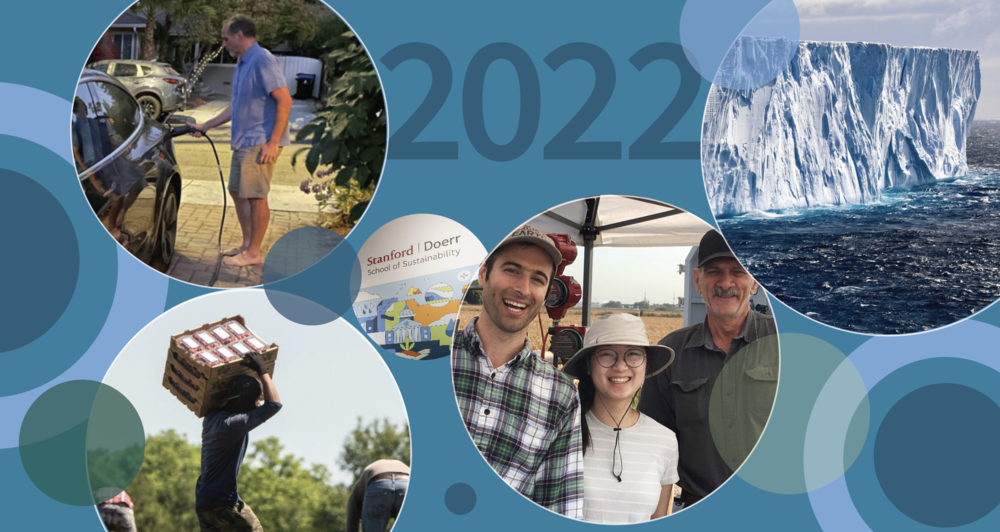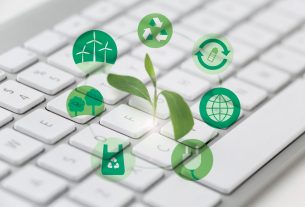|
Getting your Trinity Audio player ready...
|
As 2022 draws to a close, we are looking back at research highlights from the units that came together this year to form the Stanford Doerr School of Sustainability. The school launched in September.
These stories provided insights on sustainability challenges including wildfire smoke impacts, methane leaks, electric car charging, extreme heat, nuclear waste, sea-level rise, illegal fishing, and much more. In many cases, they also pointed to solutions.
Early in the year, as U.S. municipalities weighed banning natural gas hookups from new construction, Stanford scientists found that gas stoves emit far more climate-warming methane than once thought, and most of the emissions occur while the stove is off.
Other researchers documented methane leaking from oil and gas operations in the Permian Basin in New Mexico in amounts greater than previously estimated, and proposed a solution for cutting off methane leaks as soon as possible.
In February, as the Biden administration prepared to launch a multibillion-dollar effort to expand forest thinning and prescribed burns in 11 Western states, scientists identified swaths of forest and shrublands that face elevated fire risks because of the way local ecosystems use water.
Others revealed in stark detail how the effects of worsening wildfires now extend far beyond burn zones. Research published in September showed that millions of Americans are routinely exposed to toxic particle pollution from wildfire smoke at levels rarely seen just a decade ago – and provided critical information for air quality regulation and wildfire mitigation efforts.
Extreme heat waves affected millions of people around the world in 2022, particularly in Europe and Asia, and a long-lasting heat dome brought historic, blistering temperatures to the U.S. West. Stanford scholars explained extreme heat’s impacts on workplace risks, marginalized communities, and the economy.
In a year that saw California and then New York move to ban sales of new gas-powered cars by 2035, Stanford researchers showed the adoption of electric vehicles will result in large costs for generating, transmitting, and storing more power. But shifting current EV charging from home to work and from night to day could cut costs and help the grid.
Read on to find our top 10 picks from coverage of Stanford scientists studying Earth, climate, and sustainability this year.

